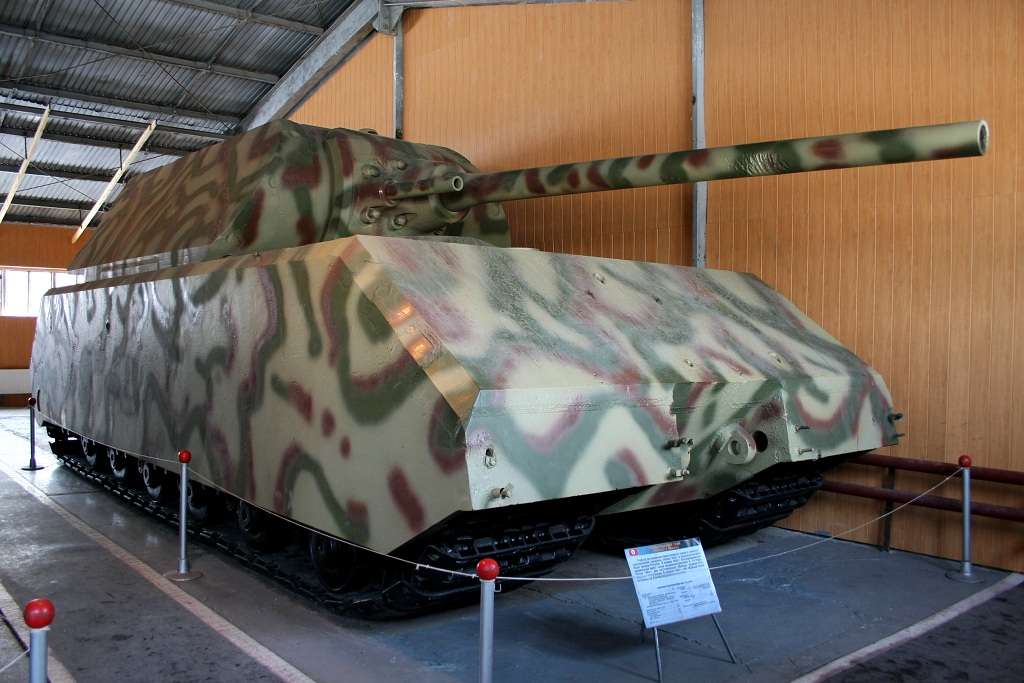The Kubinka Tank Museum in Russia is famous for its collection of strange vehicles and prototypes. Perhaps the strangest of them all, though, is the Kugelpanzer.
Well, at least that’s what people call it, as its true name is unknown. In fact, the Kugelpanzer literally means “ball tank”.
With a long list of questions and a distinct lack of answers, few vehicles match its mysteriousness and uniqueness.
Almost everything about it is unknown, and the museum is not helping matters as it appears to withhold information about the Kugelpanzer.
It spent decades tucked away behind the museum’s Tiger I, but in 2017 it was moved to a new exhibit and given a fresh lick of paint.
Origin
As a German-built vehicle in Russia, it must have been handed over or
captured at some point but even how the Soviets came to acquire it
isn’t clear.
Some say that it was built by Krupp in Germany and shipped to Japan sometime in the 1940s, only to be captured by the Red Army in Manchuria in 1945.
On the other hand, some sources state that the Kugelpanzer was discovered in the Kummersdorf proving grounds in Germany at the same time as the Maus.

The Kugelpanzer
The vehicle’s exterior is minimalist, with only a few notable features.
In the centre of the Kugelpanzer is a cylindrical body that would have located a single person. Two hemispherical wheels flanked this central component and, from all indications, served as its means of movement.

The Kugelpanzer with a fresh layer of paint in its new location at Kubinka. Image by Alan Wilson CC BY-SA 2.0
On the front face of the center compartment is a single-vision slit. Below this is a small square opening that has since been covered over by a piece of welded metal. It is thought that an offensive weapon like an MG-34 or MG-42 could have fired through here.
At the rear is a hatch for entry and a small wheel on the end of a ‘tail’, which probably helped to steer and stabilise the Kugelpanzer.
The inside? Well, no one really knows. The Kugelpanzer has reportedly been stripped of all internal fittings, but no one can verify this as access and photos inside publicly are strictly prohibited by the museum.
A 25 horsepower single cylinder two-stroke engine powered the large wheels.
It has a paltry 5 mm of “armour” if you can even call it that. What the armor is actually made out of, though, is another mystery. While its likely steel, its exact composition cannot be precisely identified as Kubinka has forbidden metallurgical samples to be taken from the Kugelpanzer.

Comments